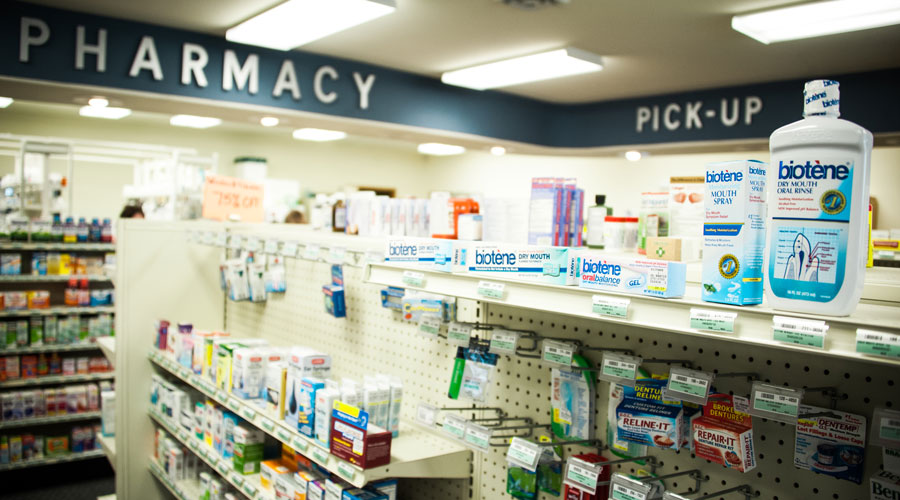The pharmacy industry is constantly changing and evolving. Is your pharmacy keeping up? New statistics from the 2014 NCPA Digest, conducted by the National Community Pharmacists Association, reveal several emerging trends in pharmacy. See how your pharmacy stacks up to the latest industry numbers.
1. Increasing average annual sales
After a drop off in annual sales from 2010 to 2011, average pharmacy sales have continued to grow with this year’s average sales growth at $3,900,000 per pharmacy. This trend of growth bodes well for independent community pharmacies and is also accompanied by a trend of growing profits.
2. Increasing provider interaction
Independent community pharmacists are interacting with physicians more frequently. On average, pharmacists are consulting with physicians 8.7 times per day, which is up from 7.5 in 2012. These discussions usually involve generic drug and therapeutic interchange recommendations.
3. Social media explosion
More people are searching online for health information and pharmacists are meeting them there. Eighty percent of independent community pharmacies have a Facebook page that they use to interact with their patients.
4. Shrinking workforce
Since 2011, the average number of full-time employees for independent community pharmacies has dropped. In 2012 the average number of employees was 10.3. In 2013, it decreased to 9.8.
5. Growth of generics
The percentage of generic prescriptions dispensed continued to grow. The total percent is up 9 percent since 2009, when generics accounted for 69 percent of prescriptions dispensed.
6. MTM expansion
Pressure from the Centers for Medicare & Medicaid Services has spurred growth in the percent of pharmacies that provide Medication Therapy Management services for their patients. This offering grew from 69 percent in 2012 to 75 percent in 2013.
7. State management
The most commonly offered disease state management services in pharmacies in 2014 were immunizations and blood pressure monitoring at 62 and 59 percent, respectively.
8. Third party contracts
Ninety percent of prescriptions are covered by third party contracts. Medicare and Medicaid cover 51 percent. This is the second year in a row that Medicare and Medicaid covered more than half of all prescriptions dispensed by independent community pharmacies.
9. Synchronizing adherence
More pharmacies are implementing synchronization technology and are seeing the benefits. Ninety percent of pharmacies saw more adherent patients as a result of synchronization. Seventy percent saw a streamlined workflow with 65 percent reporting better time management; 63 percent had better inventory control; and 61 percent had more prescriptions filled. Sixty-seven percent of independent community pharmacies have some form of adherence services, with the most common type being synchronizing medications into a single monthly pick-up date.
10. Community members
Of the independent community pharmacy owners asked, 63 percent reported that they provide monetary support to organizations in their communities.
Related articles:
CDTM and the Future of Pharmacy
10 Numbers to Know
Top 5 Challenges for Community Pharmacies in 2014












